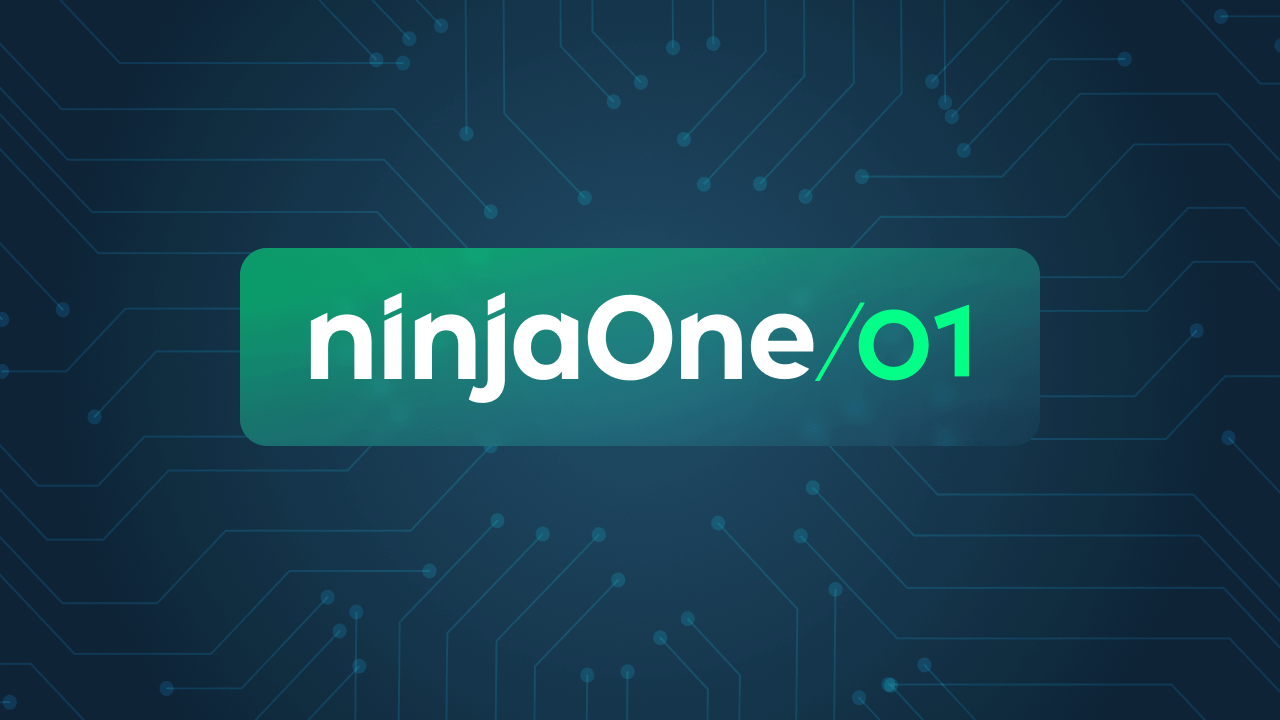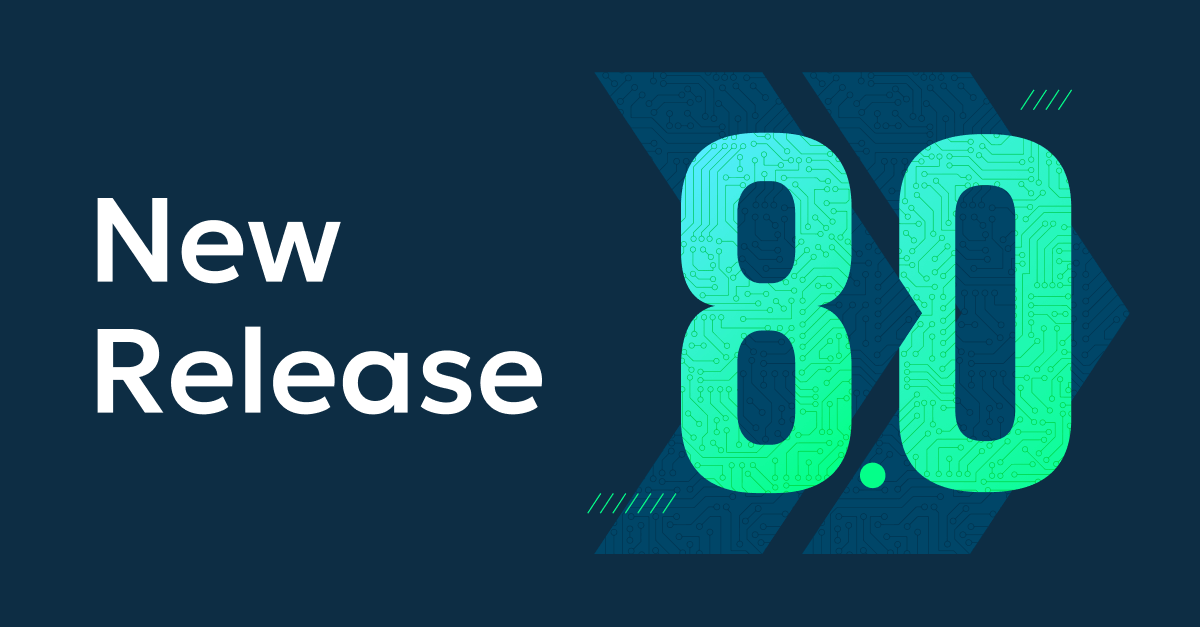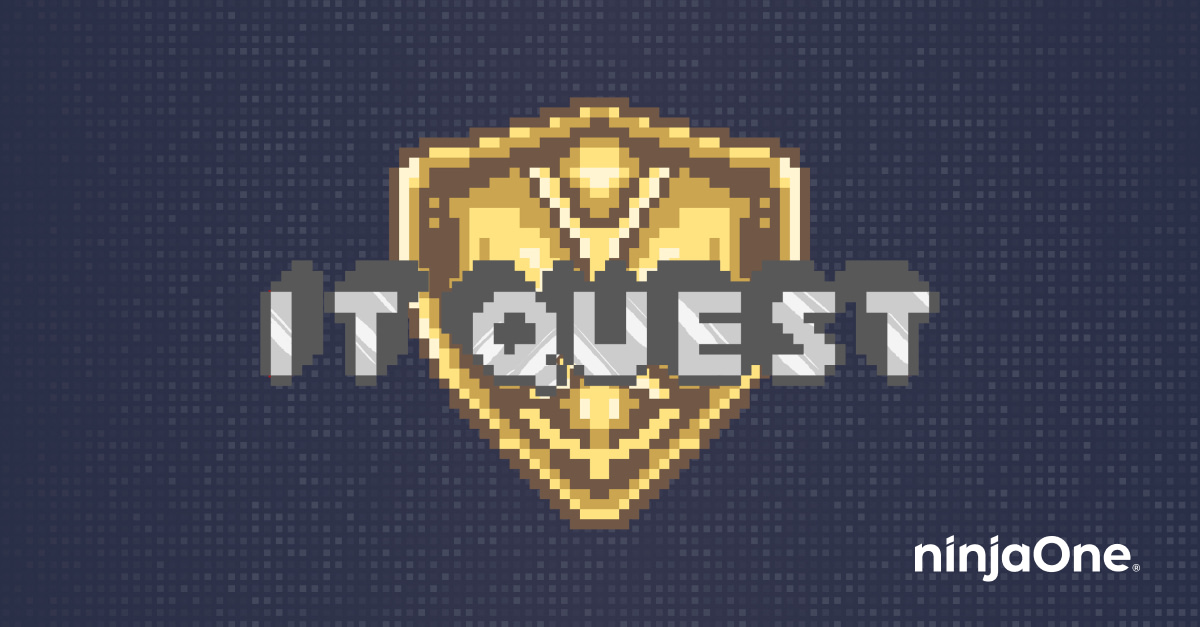Artificial intelligence (AI) continues to achieve groundbreaking milestones, reshaping industries at an unprecedented pace. From DeepSeek’s rise as a formidable challenger to OpenAI — which venture capitalist Marc Andreessen called “AI’s Sputnik moment” — to healthcare’s rapid adoption of AI for personalized treatments, the technology is automating, informing, and optimizing like never before.
As AI revolutionizes the way organizations operate, it also introduces new challenges in accountability and risk management. I’ve said before that when it comes to AI adoption responsibility will fall on the senior-most IT leader for any shortcomings within the organization. While companies experiment with AI, most operate with little structure or data governance — leaving CIOs and IT leaders exposed when AI goes awry, potentially jeopardizing the organization, its workforce, and its customer base.
According to IBM, the average cost of a data breach reached $4.88 million in 2024, but organizations that applied AI and automation to security prevention saved an average of $2.22 million over similar organizations that did not.
There are a few things that business and technical leaders should keep in mind as they look to leverage AI in this new era to further their competitive advantage. And it starts with understanding, assessing, and mitigating AI-related risk.
A shifting regulatory landscape
With great power comes a tangled web of data privacy concerns. As AI adoption accelerates, regulators worldwide are racing to keep up, tightening compliance frameworks to ensure that innovation doesn’t come at the cost of privacy.
For IT leaders, staying ahead of these evolving regulations is important for avoiding penalties and fines, maintaining trust with customers, and ensuring AI remains a force for good.
Some of the most significant regulatory shifts shaping the AI landscape include:
- NIST Cybersecurity Framework 2.0 (CSF 2.0) – The United States rolled out CSF 2.0 in 2024 to emphasize transparency, accountability, and traceability, all of which are critical elements for organizations integrating AI into decision-making processes. CSF 2.0 supports the implementation of the U.S. National Cybersecurity Security strategy with an expanded scope that goes beyond protecting critical infrastructure to all organizations in any sector.
- European Union’s AI Act and GDPR enhancements – The EU is raising the stakes on AI regulation, categorizing systems by their risk to human rights and safety. If GDPR sets the gold standard for data privacy, the AI Act is the next frontier in compliance, ensuring AI technologies act responsibly.
- FedRAMP and StateRAMP Certifications (U.S. Public Sector) – These certifications are quickly becoming non-negotiables for organizations handling government data. They serve as a benchmark for security, consistency, and compliance.
Organizations looking to adopt AI will have to play by the rules while also trying to maintain their momentum. As the threat landscape evolves thanks to AI, organizations that take a proactive approach to security, data governance, and compliance strategies will be in a stronger position to adopt emerging technologies without the barriers posed by legal roadblocks.
AI compliance starts at the endpoint
The real-world impact of AI doesn’t just play out on the global stage. It begins at the endpoint. Some of AI’s biggest opportunities and risks start at the ground level, where data is generated, accessed, and stored.
Today, an estimated 40% of all cyber incidents are driven by AI—a number expected to grow significantly in the years ahead. Securing endpoints, implementing robust organizational policies, and adhering to regulatory standards are essential steps in building a strong foundation for AI-powered innovation while safeguarding data integrity and ensuring compliance.
Investing in smarter, safer AI
Compliance isn’t a one-time effort; it’s an ongoing strategy. Organizations that want to harness AI’s full potential without exposing themselves to risk need to invest in the right safeguards.
A strong AI governance framework starts with securing data at its source. Classification, encryption, redaction, and access control mechanisms ensure AI models are trained responsibly and ethically. But data protection alone isn’t enough. Real-time monitoring tools provide visibility into data flows and processes, allowing businesses to detect anomalies before they escalate into compliance disasters.
Automation also plays a key role in streamlining compliance management. Organizations can strengthen their security posture by reducing manual workloads and enforcing adherence to industry standards while minimizing operational disruptions. With the right technology in place, compliance shifts from being a burden to a competitive advantage that protects AI integrity, boosts operational efficiency, and builds trust with customers and stakeholders.
Navigating AI and data privacy
AI adoption isn’t slowing down, and neither is regulatory oversight. Organizations that stay ahead of compliance requirements will be the ones best positioned to lead the charge. That means staying informed about evolving laws and frameworks, fostering a culture of ethical AI use, maintaining C-level buy in to continue to adopt and experiment internally, and collaborating with industry peers to share best practices as we navigate this new world together.
Compliance shouldn’t be seen as a barrier—it should be a catalyst. By proactively integrating security and governance into your AI strategy, you can unlock greater operational efficiency and turn regulatory requirements into competitive advantages. Success with AI isn’t just about staying ahead of the curve—it’s about anticipating where it’s going and arriving with your data secure and your company’s reputation intact.








